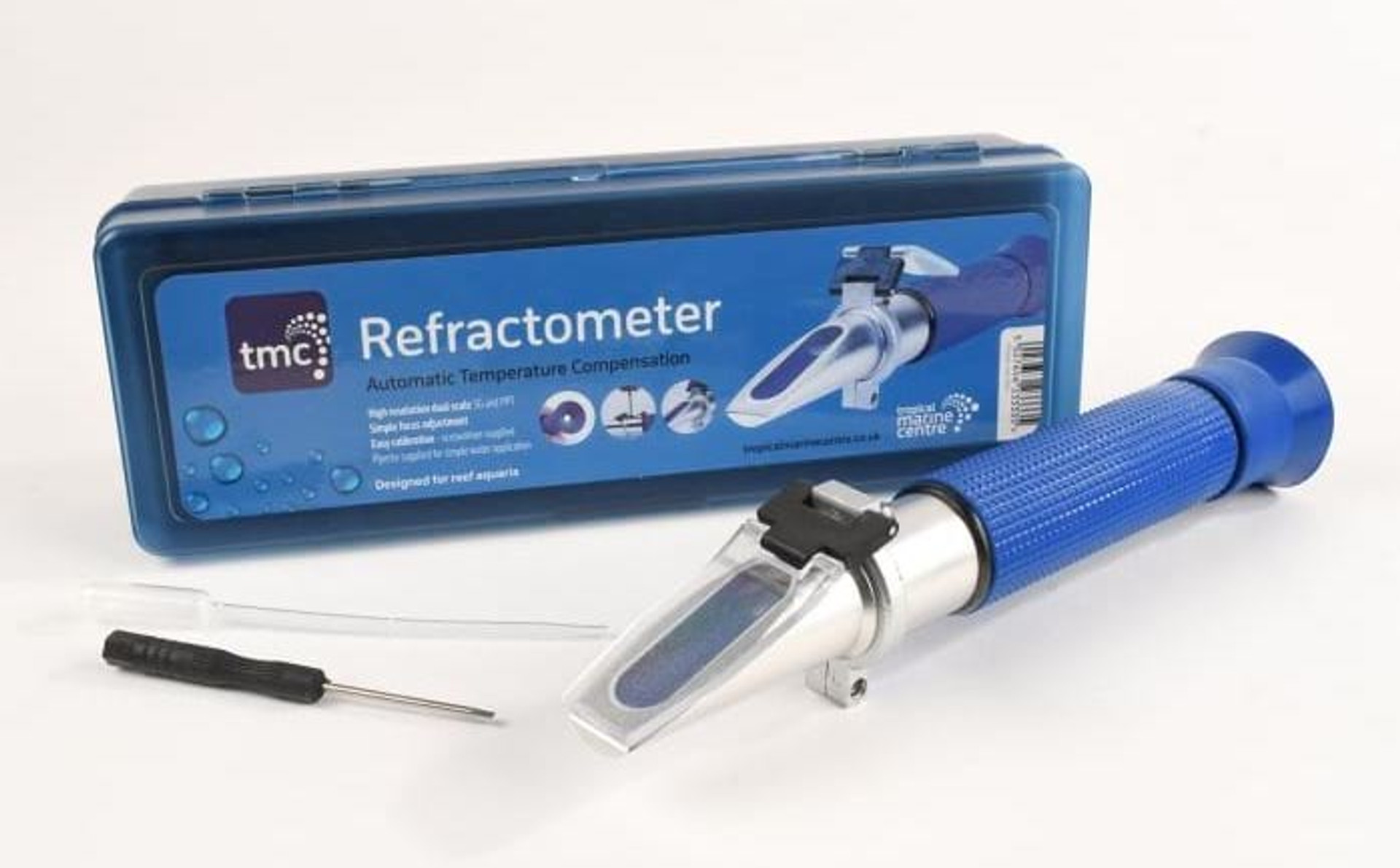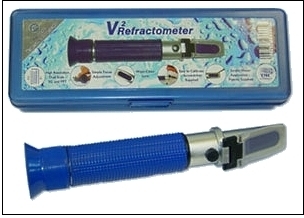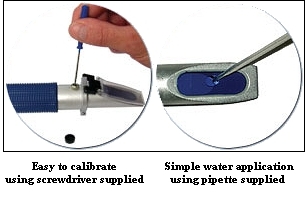Revisited: Why You Should be Using a Refractometer

Marine aquaria are complex but rewarding projects requiring heaps of diligence and TLC. To be successful, marine aquarists must manipulate a number of abstract physical and chemical factors. One of the most basic of these factors is salinity. Unfortunately, salinity is not a set-it-and-forget-it dynamic. Water is constantly evaporated out of a system, thereby concentrating the salt content. At the same time, this process is slightly offset by salt creep, which exports minerals and dilutes the tank water. The give and take is generally weighted toward evaporation, which is why we top off tanks with fresh, RO/DI water. As salinity is constantly fluctuating, it behooves the aquarist to possess a quick and accurate way to measure this parameter. Generally, it makes sense whenever possible to simplify maintenance, and by extension, the entire husbandry process.

One of the simplest and most underrated tools in the marine aquarists arsenal is the refractometer. Marine aquarists use refractometers to measure the density, or specific gravity (SG), of their tanks water. Density, in turn, is interpreted as salinity. The best refractometers even include a salinity scale within the visual field, making them that much easier to use. Maintaining salinity to within very tight tolerances will increase the long-term health of your livestock, as well as help stabilize other chemical parameters.
The most common way to measure salinity is with a hydrometer. Originally these were glass bulbs that floated directly in the tank. The higher a glass hydrometer floated, the saltier the water was. A scale printed on the side allowed the aquarist to read the density directly. Eventually glass hydrometers were replaced with plastic versions. Plastic hydrometers are filled with tank water and a buoyant pointer settles alongside a fixed scale to provide the salinity measurement. One problem with hydrometers is that they are calibrated to function at a specific temperature. If your tank temperature doesnt match the calibration point, you will not be able to get an accurate reading. Glass hydrometers are also fragile items which cannot be recalibrated. Plastic hydrometers, on the other hand, are notoriously inaccurate. They are messy and waste tank water. The sensitive pointer also has a tendency to collect air bubbles, which are difficult to eliminate and dramatically alter the reading. Furthermore, plastic hydrometers must be thoroughly rinsed after every use so that dried salt does not accumulate inside the vessel and affect future readings.

The advantages of a refractometer are immediately obvious. The compact devices come with no moving parts. They are easily and quickly calibrated using RO/DI water, automatically adjust for temperature, and the scale is simply read through a focusable eyepiece. They are durable pieces of equipment and usually come with a padded hard-case for safe travel. Above all else, refractometers are reliably accurate and require very little cleaning and maintenance. They work by refracting light through a thin layer of water placed directly onto a prism. The angle of refraction is correlated to the density of the present water, so there is no mechanical process to fail and cause false results. All you do is drop the water onto the prism, close the lid, and note the line that appears in the eyepiece. When you are done, simply rinse with clean RO/DI water, dry, and return the tool to its container. In most cases, calibration, testing, and cleaning can be performed in less than 30 seconds.
Refractometers are a no-nonsense tool which will save you time, eliminate the mess, and help you keep a tight leash on those salinity levels. Relatively cheaply obtained, this small piece of equipment will save you time, last for years, and help keep that livestock happy and healthy.

Quick Note:To calibrate your refractometer, place several drops of RO/DI on the prism and close the lid. The blue/white border visible through the eyepiece represents the zero-salinity line. Using the provided driver, turn the calibration screw until the bottom line of the scale is even with the blue/white border. Now dry off the prism and the lid, and your refractometer will be accurately calibrated.